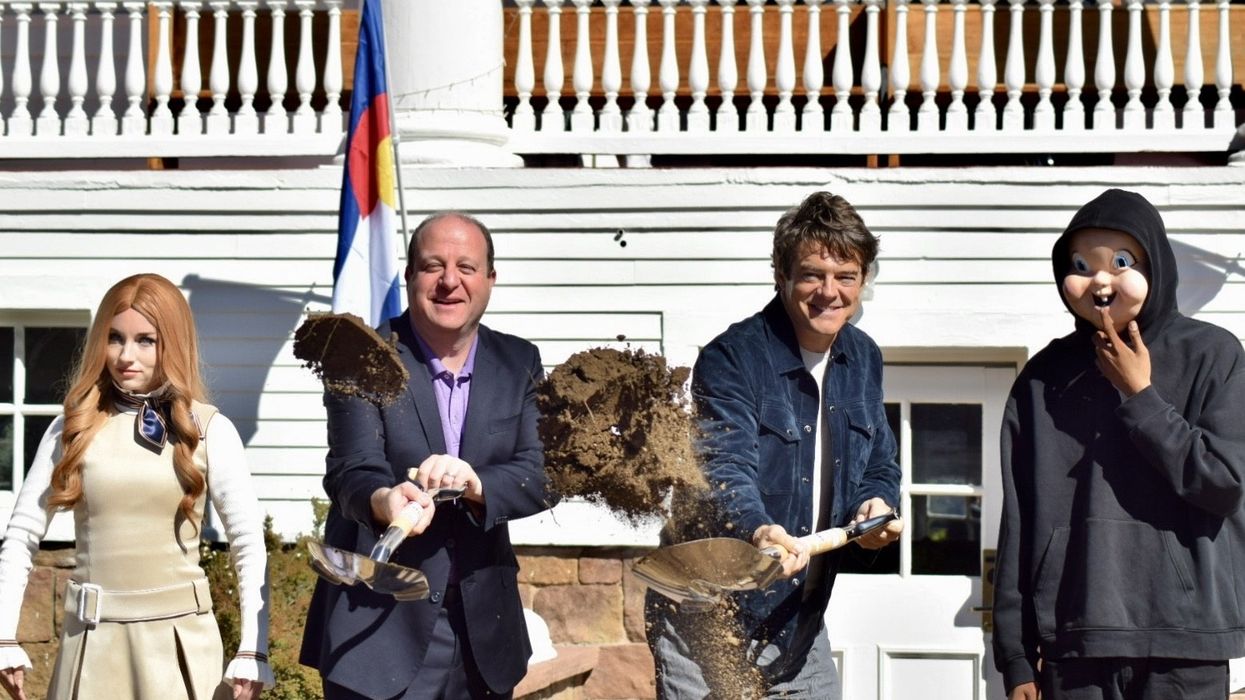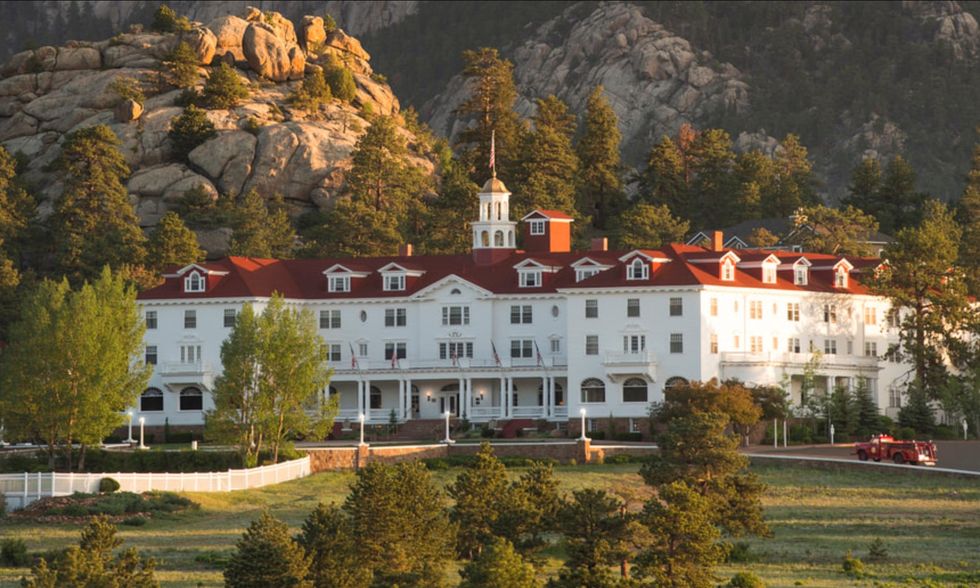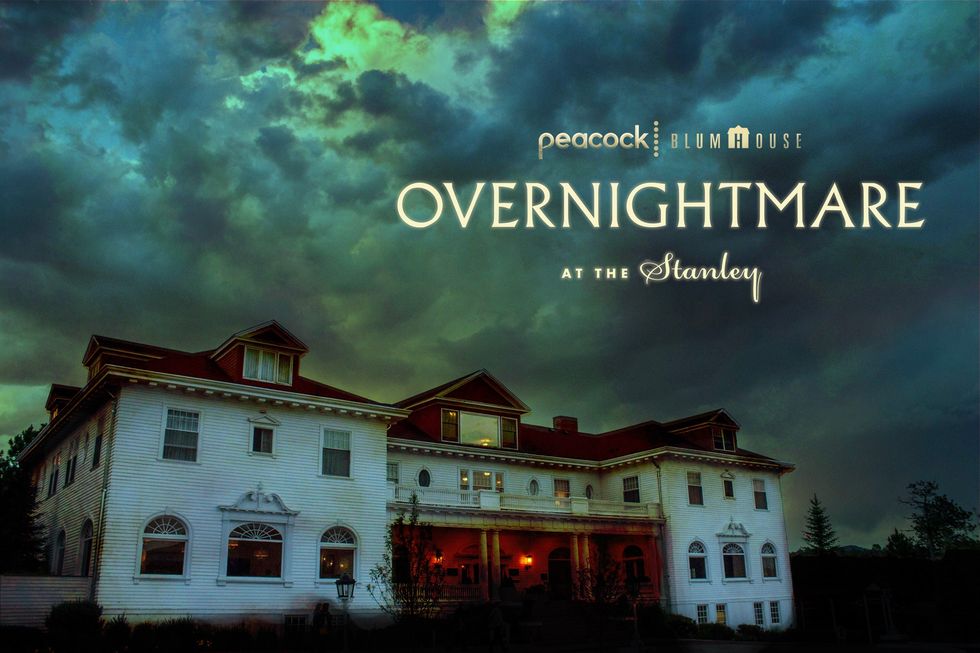Environment and Culture Partners (ECP), a non-profit organisation dedicated to strengthening and broadening the environmental leadership of the cultural sector, has been awarded an Institution of Museum and Library Sciences (IMLS) National Leadership Grant.
This funding will support the organisation's research project, Min/Max: The Relationship Between Energy, Carbon, and T/RH Parameters in Collecting Institutions, which is in partnership with New Buildings Institute (NBI).
Min/Max will investigate the energy impacts of broadening temperature and relative humidity (T/RH) parameters while providing appropriate environmental conditions for museum collections. The project is set to help institutions make informed decisions regarding energy consumption and collections care, and demonstrates the importance of challenging 'business as usual' in the cultural sector to uncover opportunities for innovation.
"At ECP our mission is to strengthen environmental leadership in the cultural sector by providing clarity of work and connection of resources to deliver impact at scale. We empower museums, zoos, gardens, aquariums and historic sites with the knowledge and skills needed to influence change, the partnership needed to do the work, and the voice to advocate for culture in every climate conversation," says a spokesperson from ECP.
"The Min/Max project addresses a collections care standard that has been accepted for too long, despite inquiries within the field. This project can provide professionals with the knowledge and voice for change that has the opportunity to positively impact their stewardship of collections and our climate futures.
"And with leadership lacking and/or uneven in the climate crisis, and as one of the public’s most trusted sources of information, museums have a precious role to think and act differently to inspire climate hope and action in their communities."
Redefining parameters
The title Min/Max refers to the recommended temperature and relative humidity levels for museum collections. It acknowledges the variations in needs for different kinds of collections items and their materials, and the difficulties that institutions often face in adhering to the 1970s standard of 70° F / 50% RH. This is also known as The Plus/Minus Dilemma.
Min/Max aims to identify how good practice can save energy and money while reducing greenhouse gas emissions that contribute to climate change. The two-year project, which is running between September 2024 and Autumn 2026, will be delivered by ECP and NBI together with eight art institutions in the US and a team of a team of consultants and advisors in collections care and energy efficiency.
The project team anticipates that using broader T/RH parameters can provide opportunities to save energy and reduce carbon emissions whilst maintaining collection standards. The team will therefore assess real-time energy use under expanded criteria to develop three representative energy models for widened parameters.
The research findings will advance the sector's knowledge of the energy implications of particular parameters, and enable the creation of a free web-based energy dashboard to assist other institutions as they explore energy-efficient practices within collections environments.
The project is informed by Culture Over Carbon, a 2021–2023 IMLS National Leadership Grant research project with New England Museum Association and NBI. The results from this were used to identify art museums as the Min/Max project's research subjects. Typical high, medium, and low drivers of energy use and greenhouse gas emissions at museums were also identified by the previous study.
Culture Over Carbon found that art museums have the highest Energy Use Intensity (EUI) per square foot of museum building among the types of museums and related cultural organisations studied. This EUI is followed closely by history museums with their collections and is significantly larger than zoos, aquariums, and gardens - even with their life support systems.
Highly anticipated research
ECP's work on the Frankenthaler Climate Initiative (FCI) funding programme has revealed that grantees, all of which are visual arts-focused, are interested in exploring possible energy savings through broader T/RH parameters.
Furthermore, the project has been enthusiastically received at two recent conferences. ECP has shared details of Min/Max with attendees at Western Museums Association and International Association of Museum Facility Administrators.
To keep up-to-date on the project, please join the ECP newsletter here.
Sarah Sutton, CEO at Environment and Culture Partners, recently spoke at greenloop 2024, blooloop’s online conference exploring sustainability in the attractions sector. In conversation with Nick Merriman, chief executive at English Heritage, the session explored how museums have responded to the climate crisis and looked at how they can accelerate action and authentically amplify their influence.
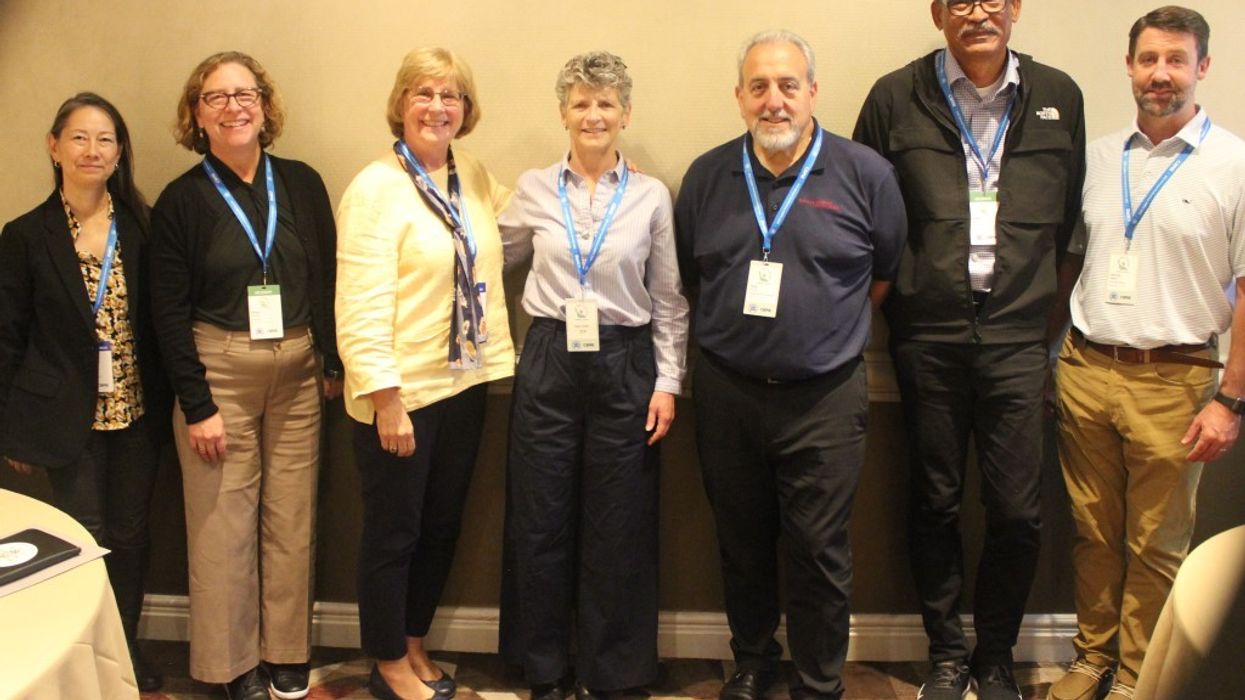

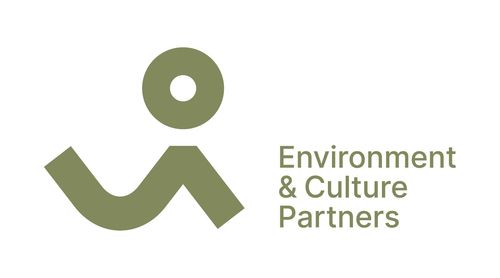


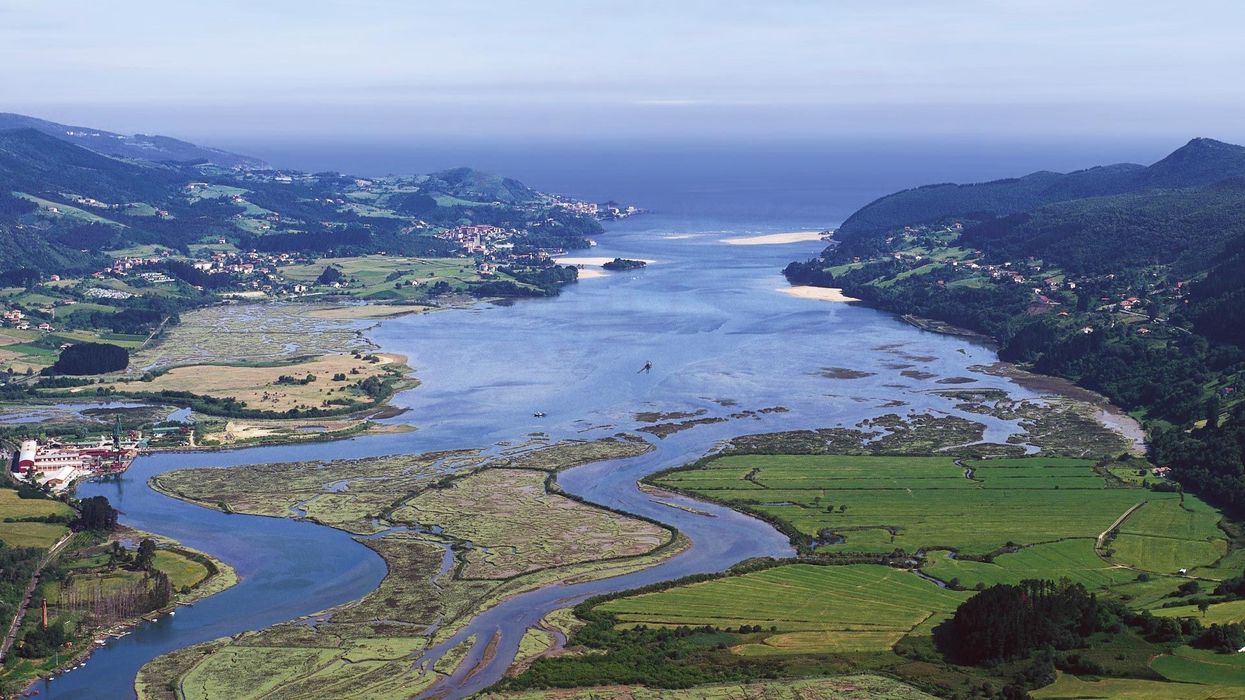
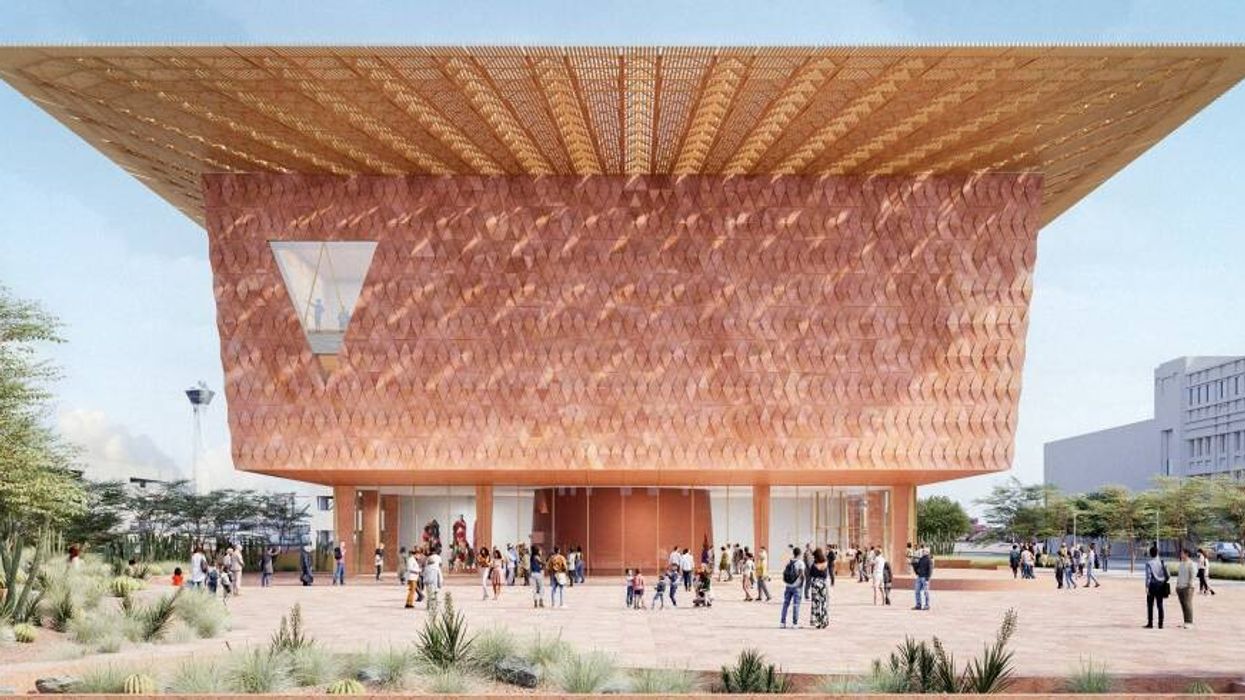
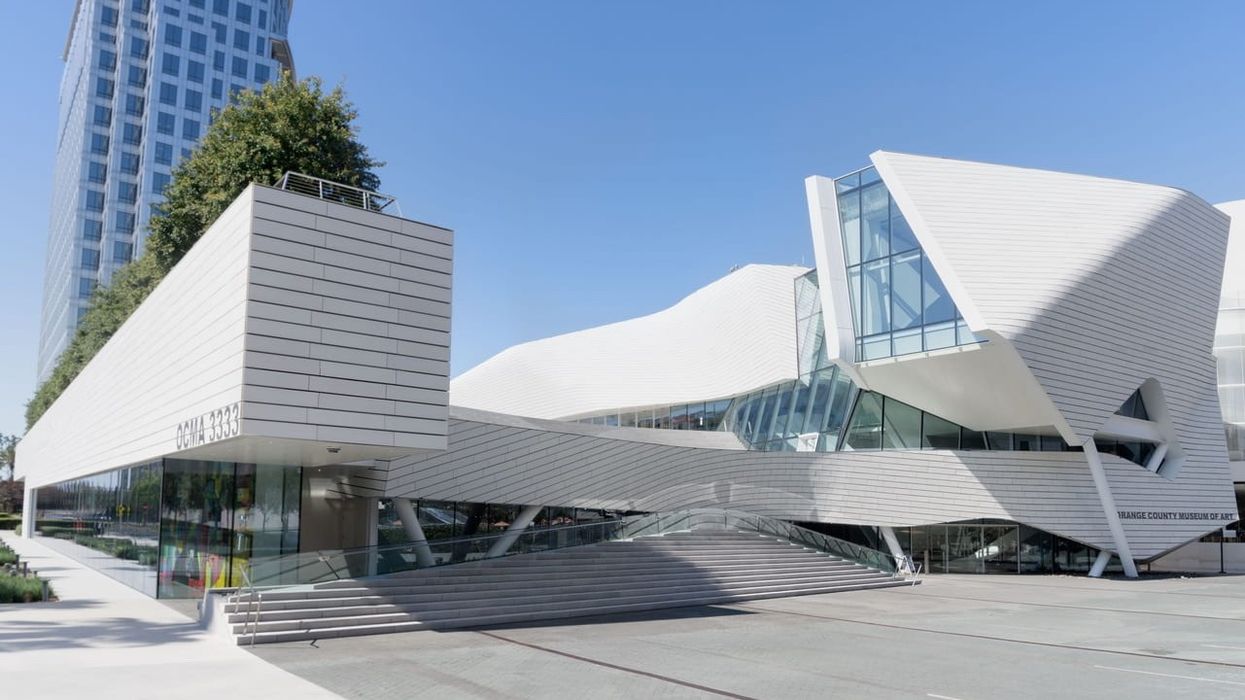




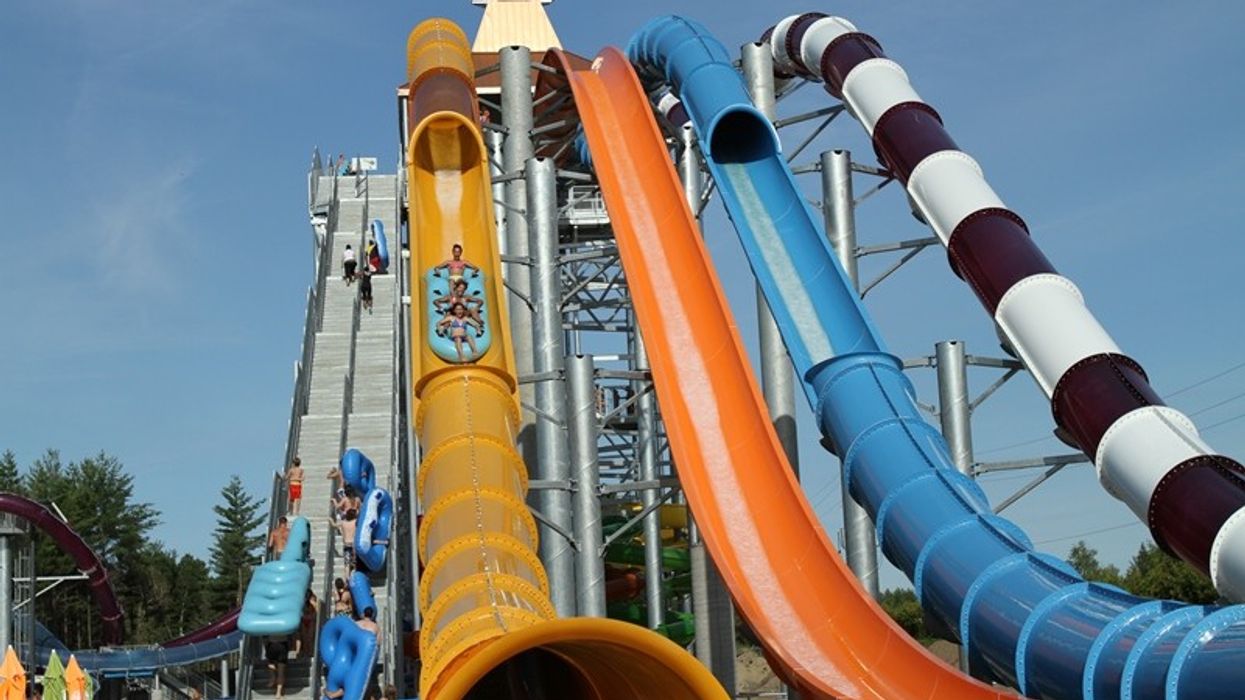
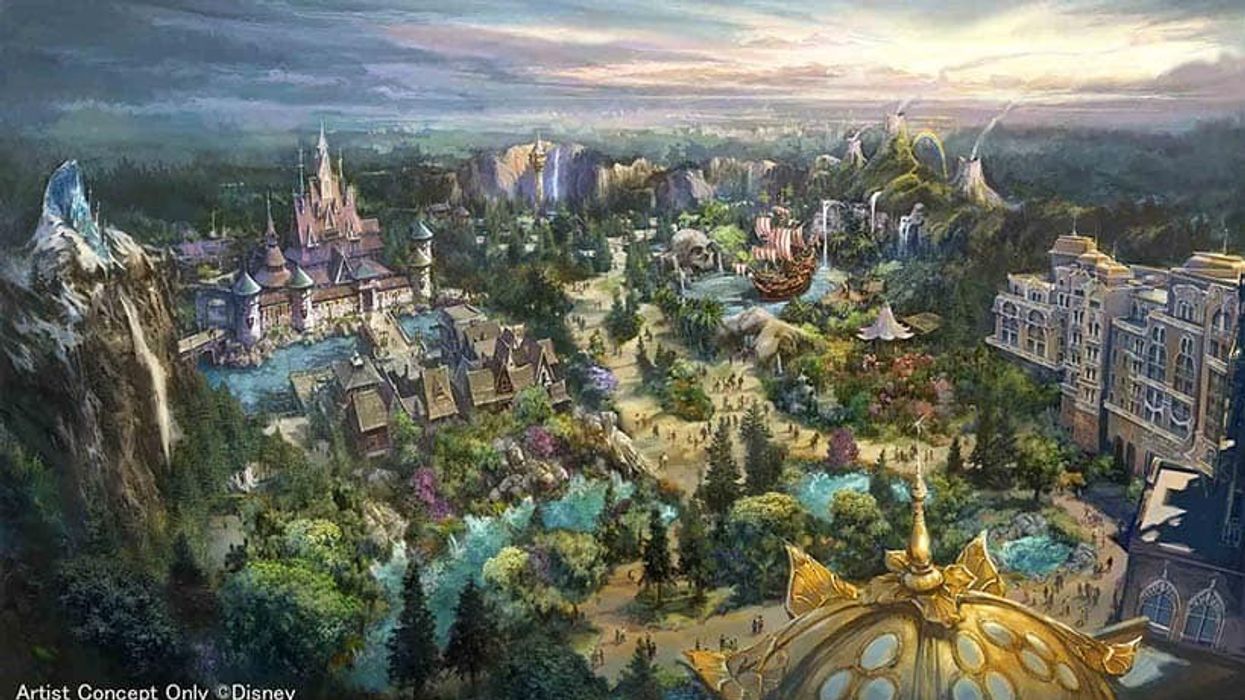
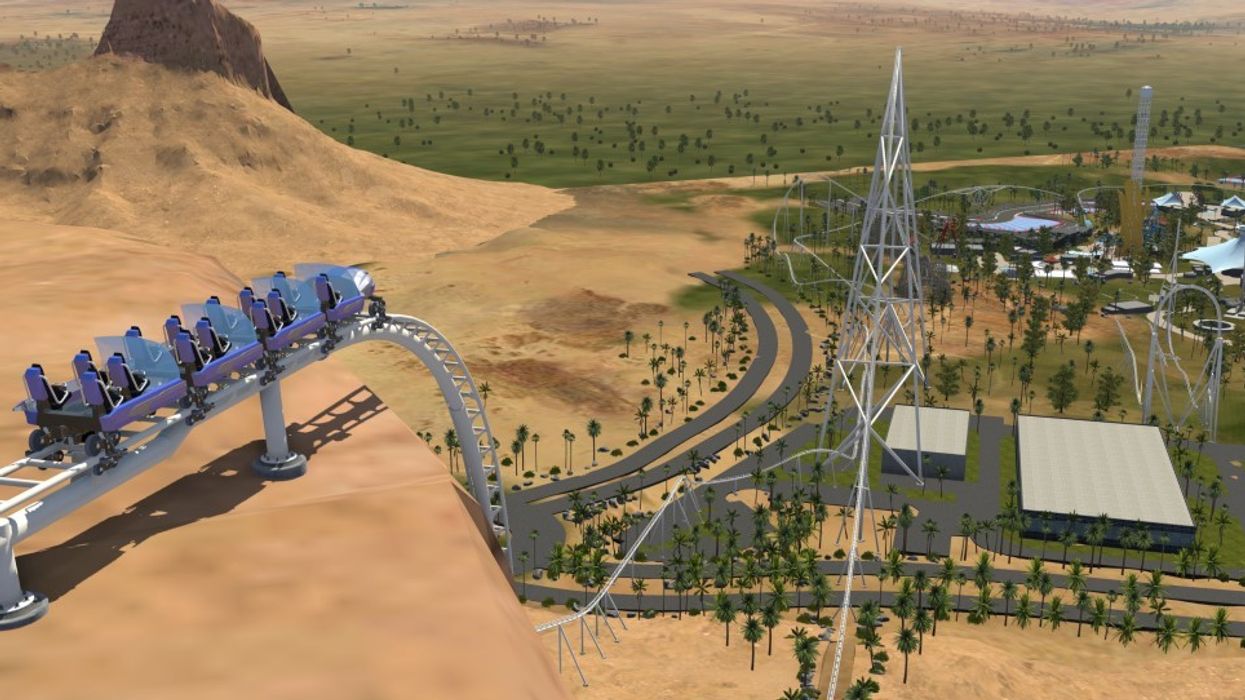

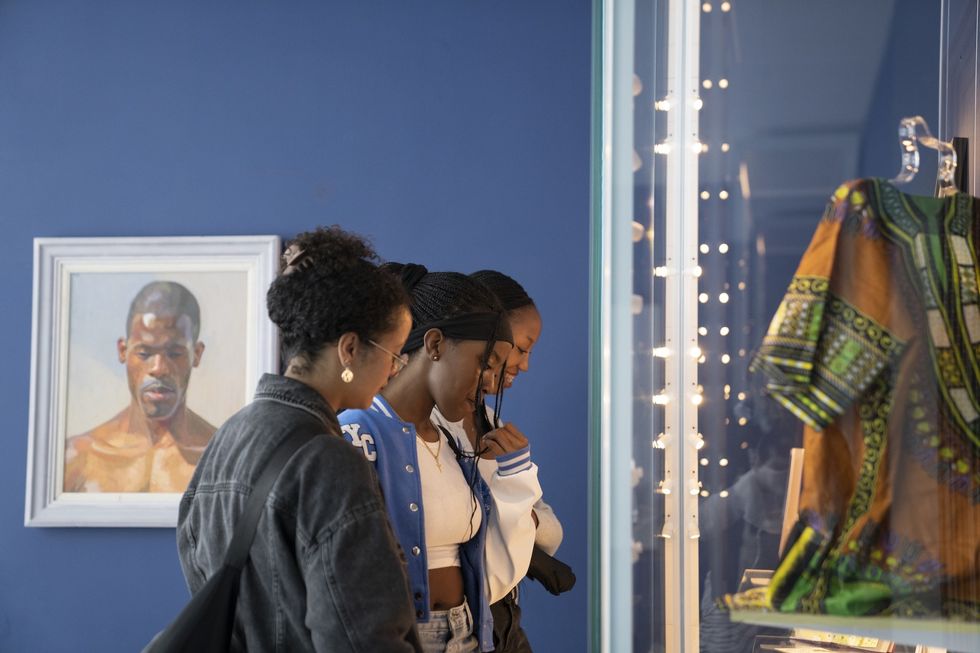
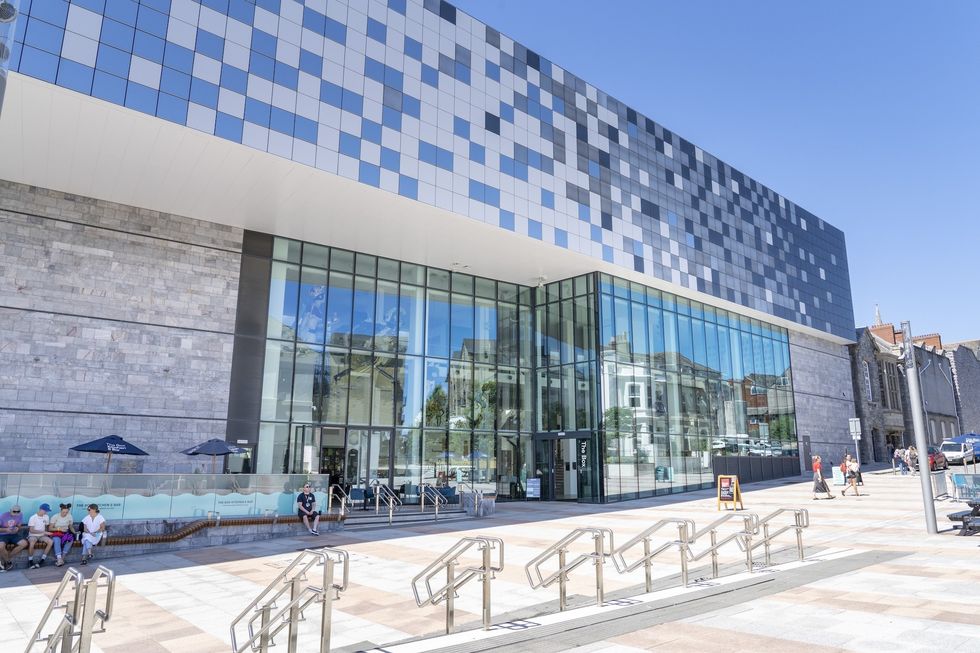

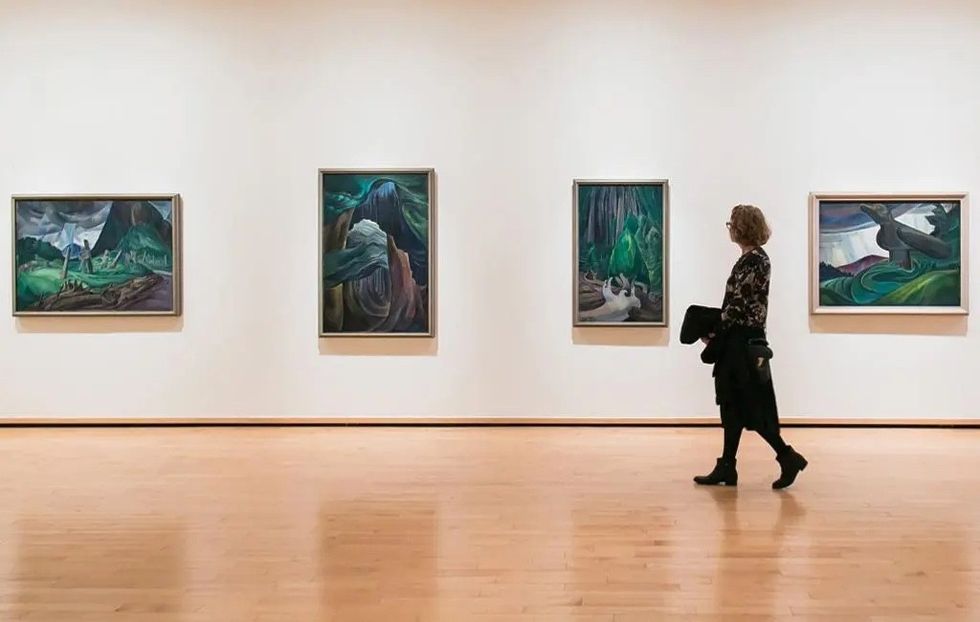
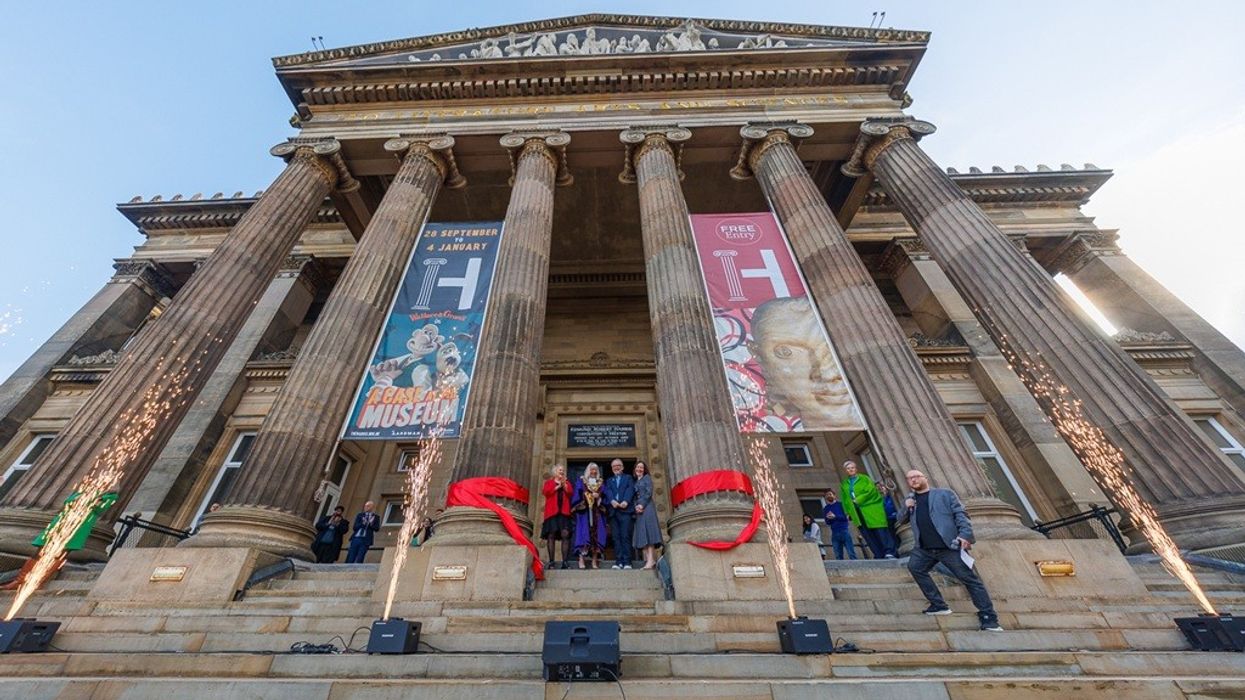
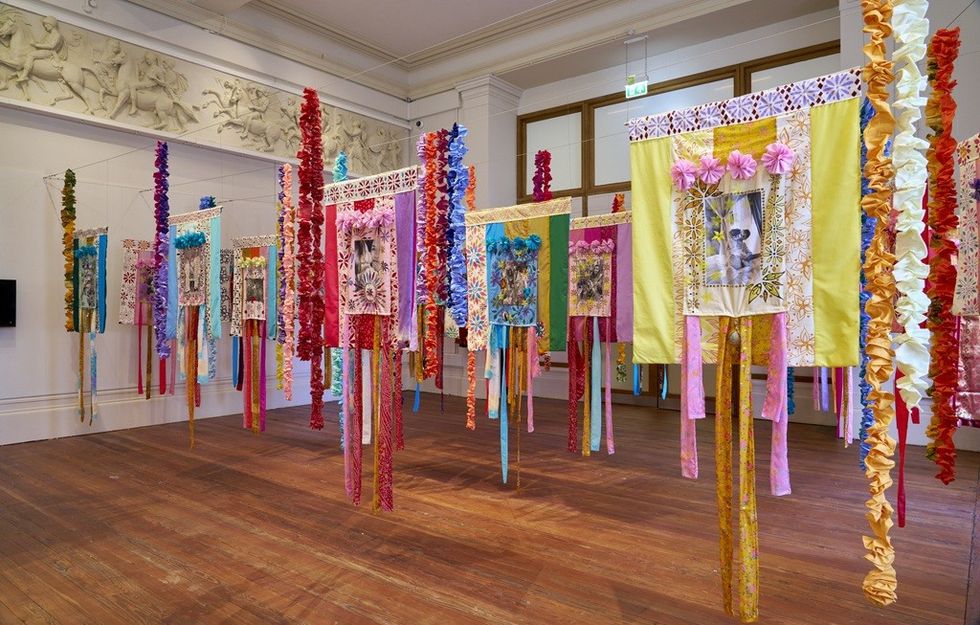 Courtesy Simon Critchley Photography
Courtesy Simon Critchley Photography Courtesy Michael Porter Photography
Courtesy Michael Porter Photography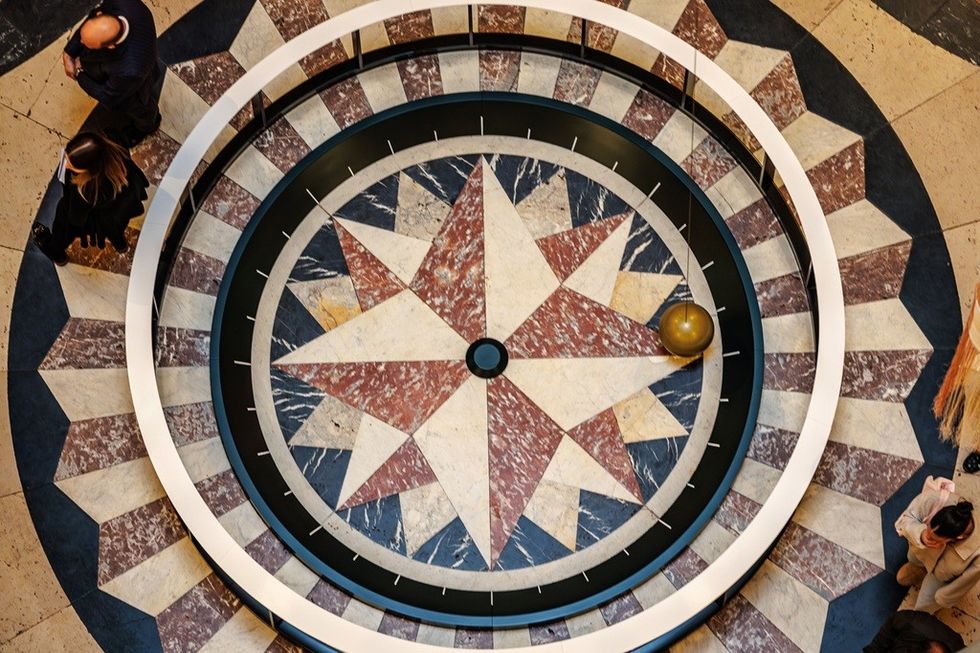 Courtesy Michael Porter Photography
Courtesy Michael Porter Photography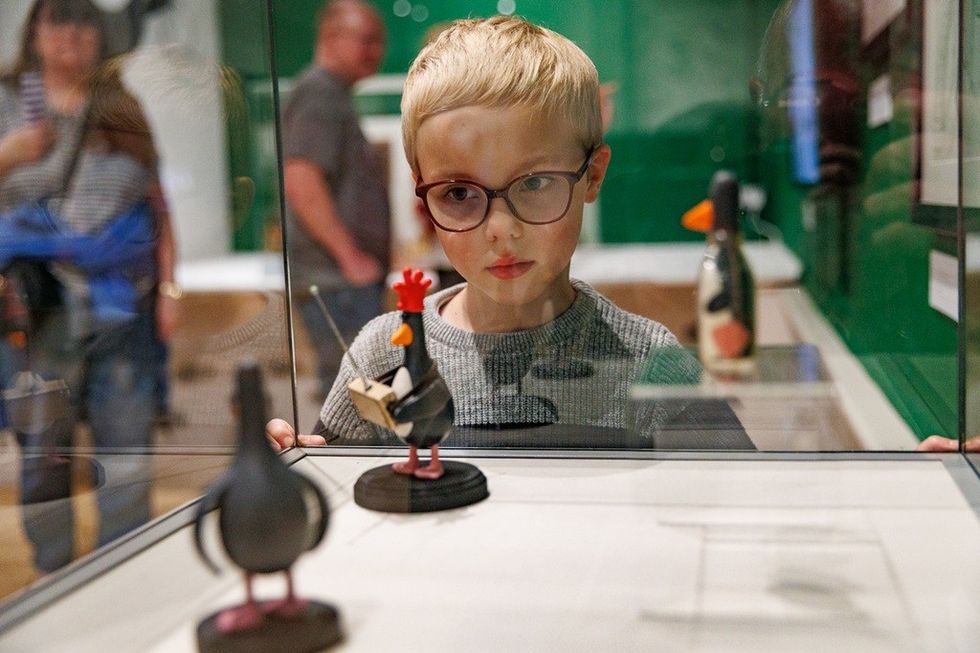 Courtesy Michael Porter Photography
Courtesy Michael Porter Photography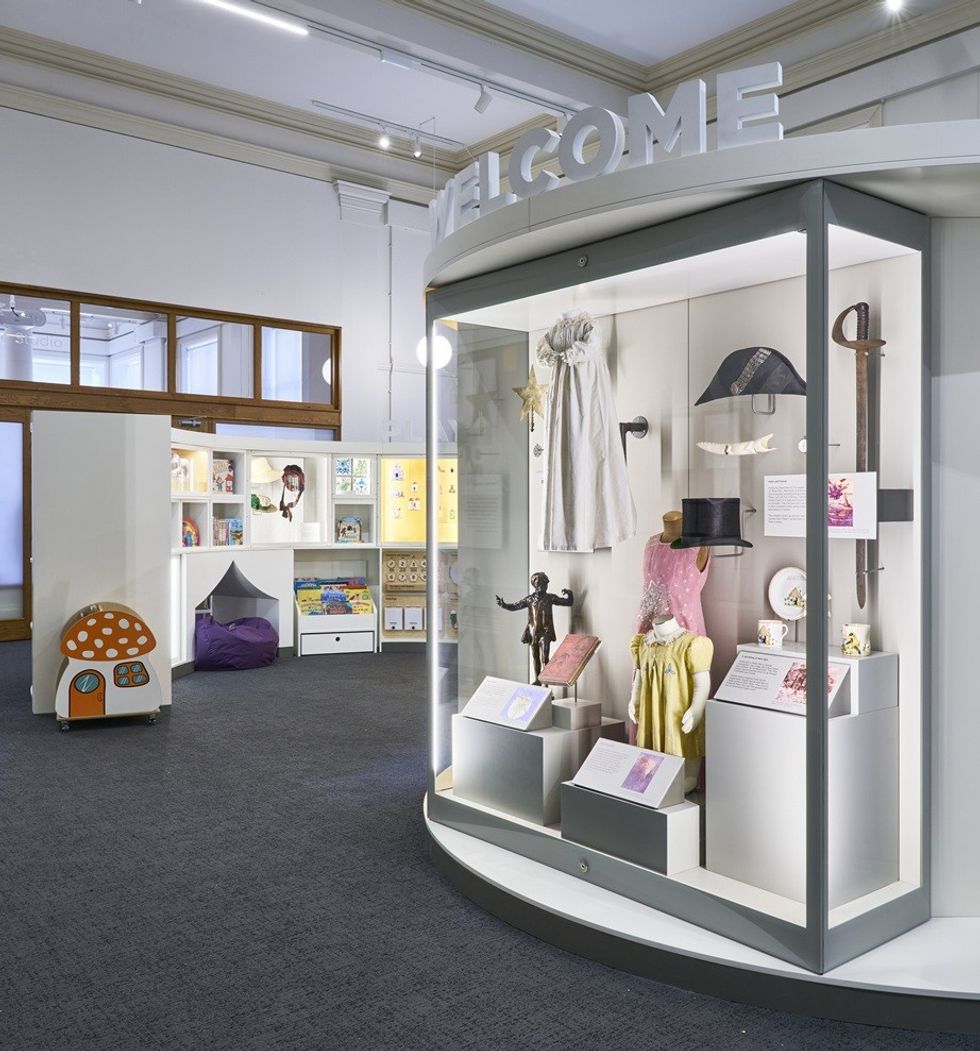 Courtesy Simon Critchley Photography
Courtesy Simon Critchley Photography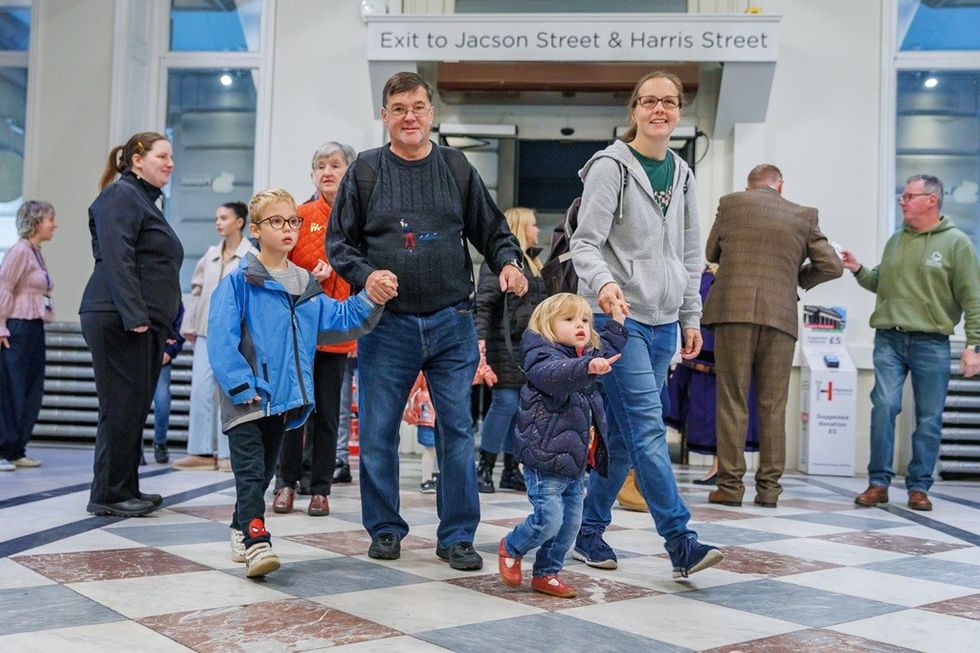 Courtesy Michael Porter Photography
Courtesy Michael Porter Photography